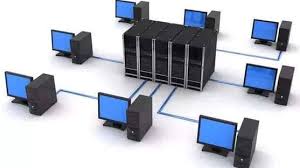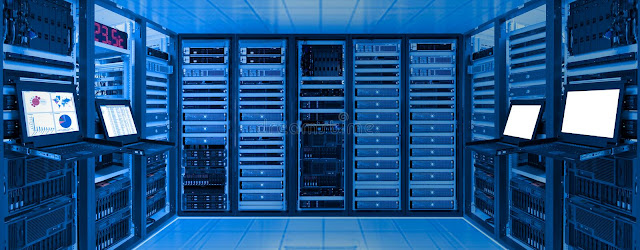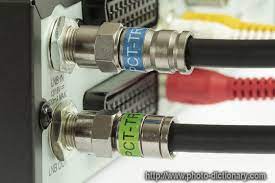Many people have been researching networking on the internet in order to learn more about what it comprises. Some of the material found on the internet has nothing to do with networking.
We'll walk you through what you'll need to get started with networking, which is a fairly broad topic. Let's get this party started.
What is a computer network?
 |
| computers linked together on a network |
A computer network is basically a series of nodes linked together to share resources. On a network, a node is a device. A computer, printer, switch, gateway, router, repeator, mobile phone, laptop, or other device can be used as this device.
Now so you understand that computer networks are all about connecting devices so that they may work together and share resources. Data, information, software, and hardware devices are examples of shared resources. Have you ever wondered, "What gives a network these resources?" It is, in fact, a server.
A server is a computer that allows other computers to share its resources across a network. It answers to information requests from clients by giving the needed data. The machine that uses the shared resources is referred to as the client.
 |
| Source: dreamstime |
Essentially, the server's job is to store and distribute files from one computer to another through a network.
However, some servers are designed to do a specific task, and such a server is referred to as a specialized server.
- Application servers
- Communication servers
- Fax servers
- Mail servers
- Web servers
Let's take a quick look at each of these cables one by one.
- Thin ethernet is a flexible cable about 0.2 in diameter but thick ethernet is rigid and has a diameter of 0.4.
- Thick ethernet has a bend radius of 360 degrees/ft while thick ethernet has a bend radius of 30 degrees/ft.
- Thin ethernet is easy to install but thick ethernet is difficult to install.
- Its speed and throughput is 10 to 100Mbps
- Average cost per node is moderately expensive
- Has a maximum cable length of 100m
- Speed and throughput from 10 to 100Mbps
- Average cost per node is least expensive
- Also has a maximum cable length of 100m.
 |
| Source: photo-dictionary |
- Bandwidth
- Cost
- Capacity
- Eases of installation.
Now that we know about networking, let's look at some of it applications.
- Access to remote information
- Person to person communication
- Serve as a communication medium at workplaces
- Resource sharing.


Informative!
ReplyDeletePost a Comment